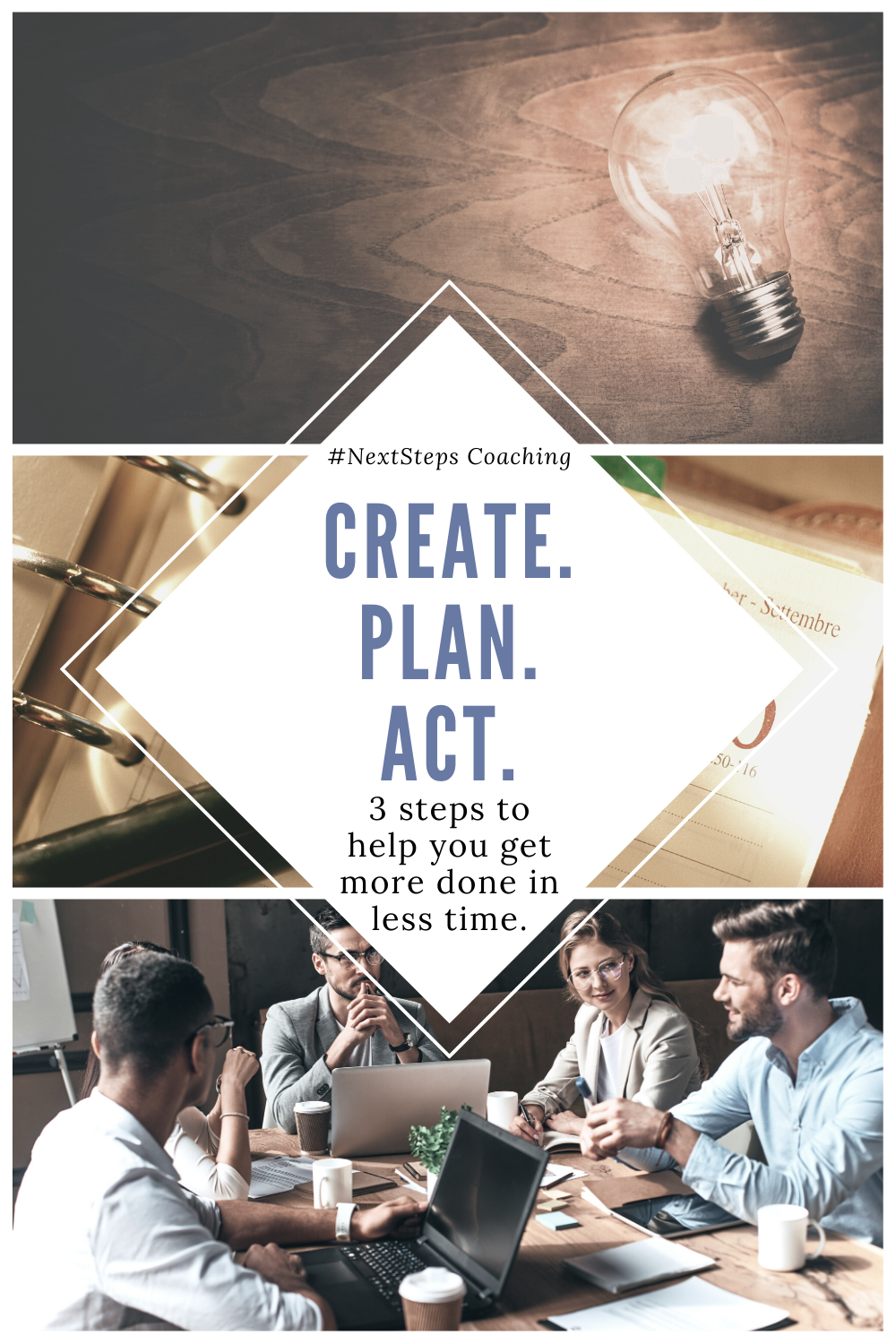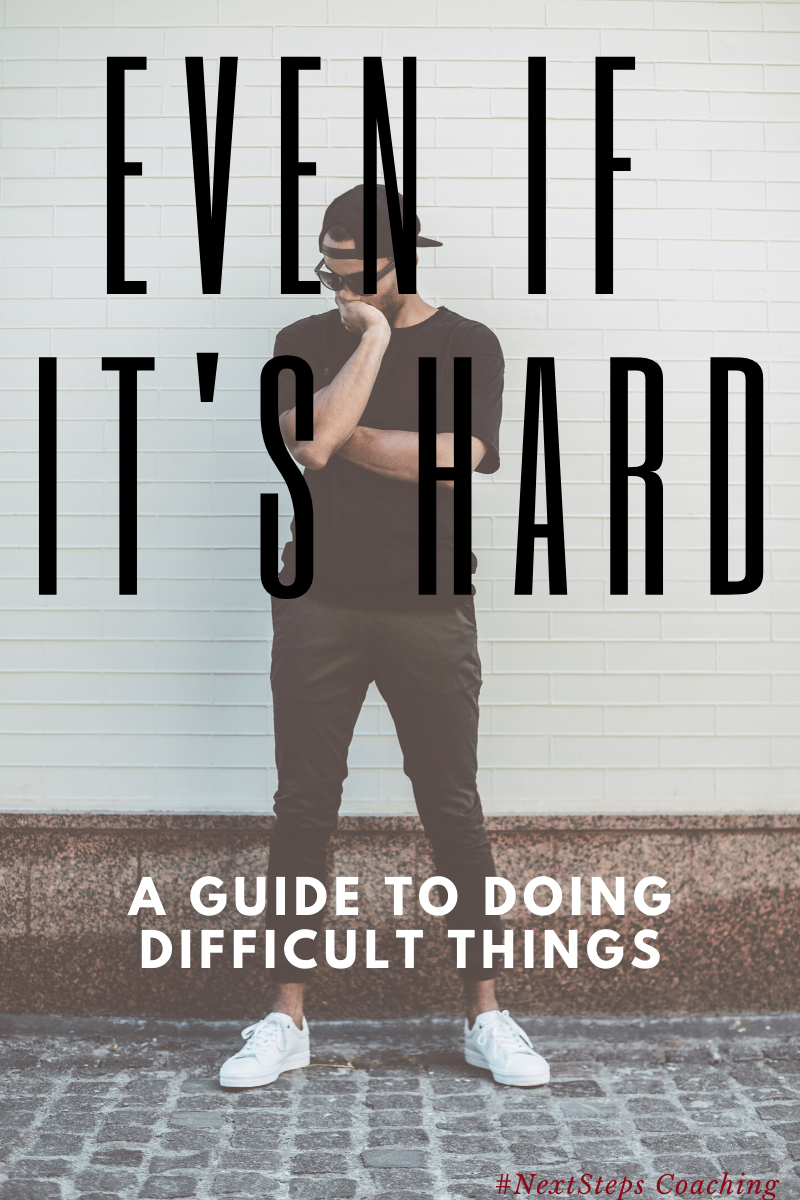
If I ever find my eyes wandering aimlessly over my computer for more than five minutes, I know something is wrong. That’s when I tell myself: create, define, act.
Deeper Magic
Recently, I had a conversation with a friend who wanted to know how I fit so much in. A partial answer is that I use the Full Focus Planner. Over the last several years of use, that continues to be a big reason. I schedule everything meticulously.
(If you want to see exactly how I use the planner, I walk you through every page right here).
But there’s another truth at work. Deeper magic, if you will. I mean deeper magic much in the same way C.S. Lewis does in The Lion, The Witch, and the Wardrobe. In the book, after Aslan’s death and resurrection, the lion is explaining to Susan and Lucy how he was able to come back to life. He explains that in many ways, the witch was right. The circumstances dictated that a sacrifice be made. The witch, operating under the belief of how ‘magic’ works in the world knew that the laws had to be accounted for.
But, Aslan explains, there is deeper magic at work. Something that the witch knows nothing about. She doesn’t know about it, because it was created before her. The laws of deeper magic were in place long before the witch arrived on the scene. The magic that the witch knew about (the laws of the universe) were satisfied and yet, a deeper magic freed Aslan from the curse of death.
The Full Focus Planner is great. There’s a reason I’ve used it for the last three years and will continue to use it, but tools are only as good as those using them.
If all I own is a hammer, everything starts to look like a nail. 
If I have a security system but never turn it on, it will fail to protect my home and family when it’s needed.
Having a planner and failing to use it isn’t any better than not having a planner at all.
Wandering Aimlessly
Over the last several years of using the planner, I’ve noticed that I’m still ineffective at times. To remedy this, I had to set up a new ritual that helped me get back on track.
I noticed that at certain moments of the day, I’d lose efficiency and productivity. This wasn’t failure based on exhaustion or overwork. Instead, it was because I lacked a proper plan. I knew I had things to do, but didn’t know how to go about doing them. Instead, I’d spend time looking at social media, scouring the depths of YouTube, or looking for new dad jokes.
None of which will help me reach my goals.
To change the drift, I created the ritual to create, define, act whenever I feel myself veering off course.
That mantra has helped me get back on track with my goals, accomplish meaningful and significant tasks, and free my mind to focus on my work.
Now, telling myself to create, define, act is more than a mantra, it is a call to arms. A battle cry that gets my body moving. It breaks me free from the monotony of mindless action and issues a challenge to my mind. It is a call to greatness.
I drift when I fail to have a plan. As has often been said, I was then planning on failing.
Whether you use the Full Focus Planner or some other calendar management system, the idea behind create, plan, act can help you too.
Create. Plan. Act.
Create
The first idea is to create. Create a goal. Vision. System. Plan. For me, this means to actually get into the planner and start to outline tasks. I drift when I don’t open my planner and put things into timeslots. My life drifts off course when I don’t intentionally plan my steps. Work fails to get done when I fail to put significance on my time.
Step one is always to create the plan. If you notice that you are having trouble focusing, begin to ask questions of insight: Do I know what I’m working on? What’s next? Who do I need to connect with? What is most important to me? How can I make progress?
Creating your plan of action is what breaks you free from drift. By creating a plan you free your mind up to focus on what it sees in front of you. When you create your goals, you connect the logic of your brain with the emotions of your heart and are inspired to take action.
Plan
Once your goals are created, write down the steps to the plan. This can honestly be as simple as first I will…, then I will… For me, it follows this system of progression:
1.) What are my larger goals for the quarter?
2.) What steps did I take to accomplish those goals last week?
3.) As a follow-up, what goals do I need to accomplish this week?
4.) Which of those goals can I accomplish (or make progress on) today?
First, you create your system and belief for success. Write down your goals and visualize your success. Then, write down the plan to accomplish those goals.
Only one step left!
Act
The final step is to act. I’ve discovered that this usually ends up being the easiest step. The irony is that before I began this planning phase, that was the one thing I couldn’t do. The acting was hard because I didn’t have a plan. By creating the vision and building the plan, I gave myself the freedom to act appropriately.
I can cure my aimlessly drifting in just a few minutes by following the simple plan to create, plan, and act. By following this formula, I bring clarity to my projects and eliminate brain fog, confusion, and misguided wastes of time that prohibit me from reaching my goals. Wherever you’re and, and whatever you’re working on, just remember to create your goals, make your plan, and then act with intention.



